Wildlife
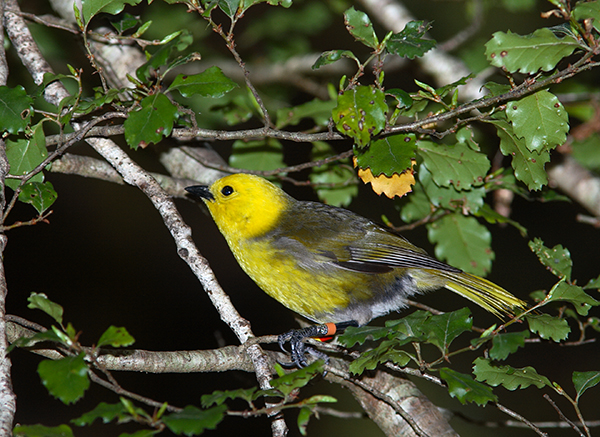
Yellowhead
Mōhua are found only in beech forests with fertile soils where they can find plenty of food.
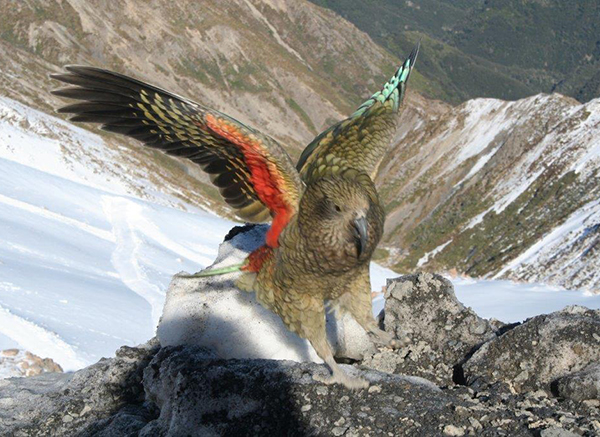
Kea
Kea, the well known, cheeky, high country, South Island parrots, are one of the world's most intelligent birds.
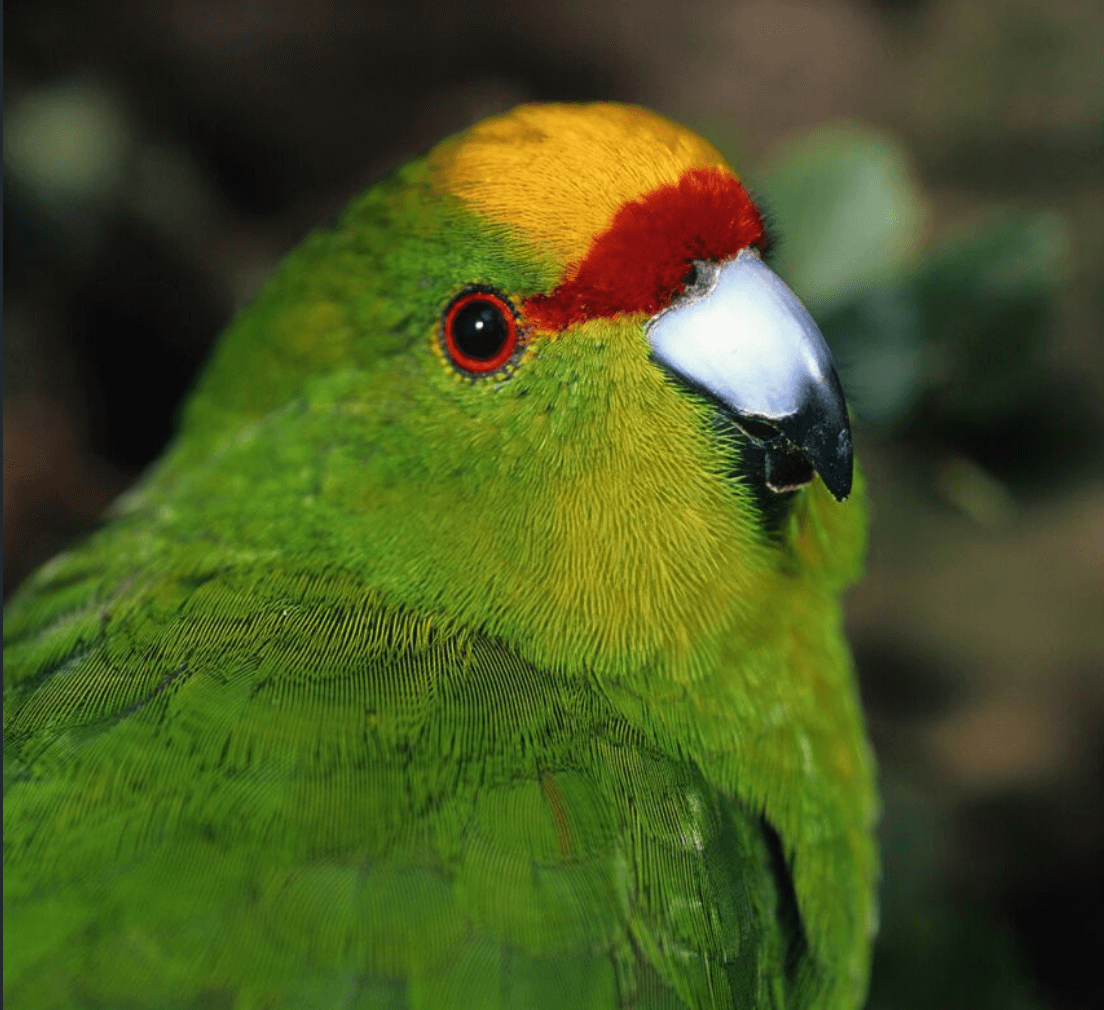
Yellow-Crowned Parakeet
Kākāriki are common on some predator-free islands and some valleys in east Fiordland and West Otago.
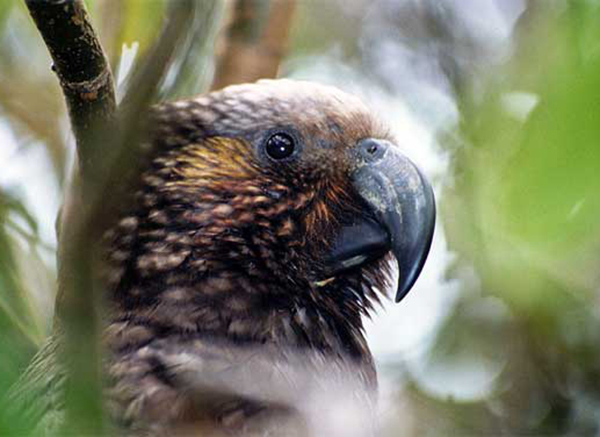
South Island Kaka
Kākā are large parrots that are mainly limited to a few forest strongholds in the central North and South Islands.
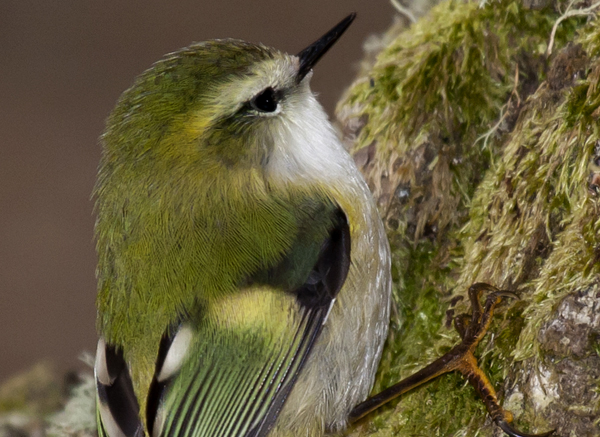
Rifleman
Tītipounamu are New Zealand's smallest birds. They live in high altitude beech forests and near rocky outcrops.
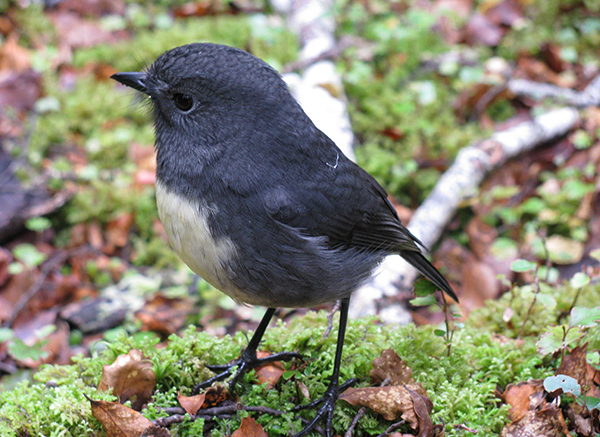
South Island Robin
Toutouwai are sparrow sized and enjoy forests with dense, even canopies and ground covered with leaf litter.
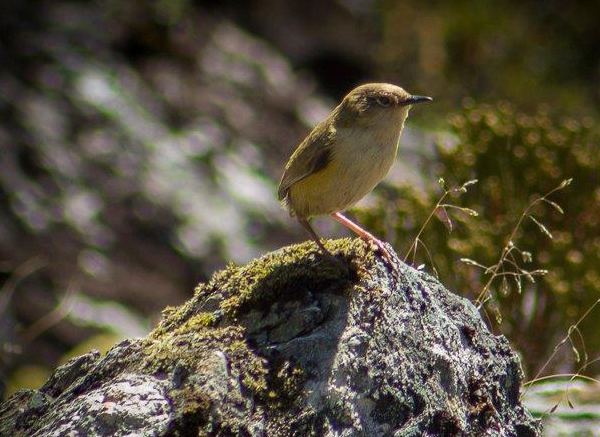
Rock Wren
Pīwauwau are small, ground-feeding birds found only in the Southern Alps of the South Island.
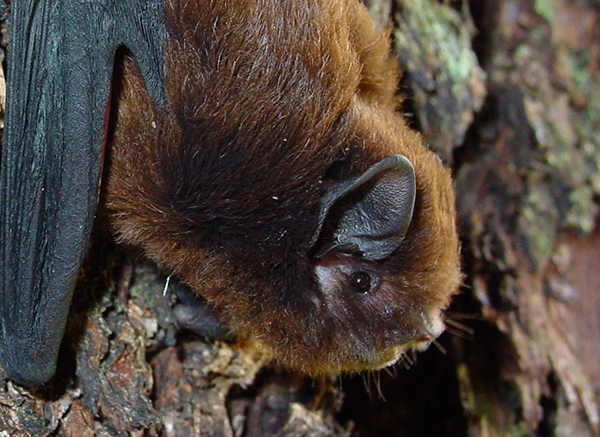
Long-tailed Bat
Pekapeka, NZ’s only native land mammal, shelter on trees in temperate rainforests forming colonies in tree cavities.
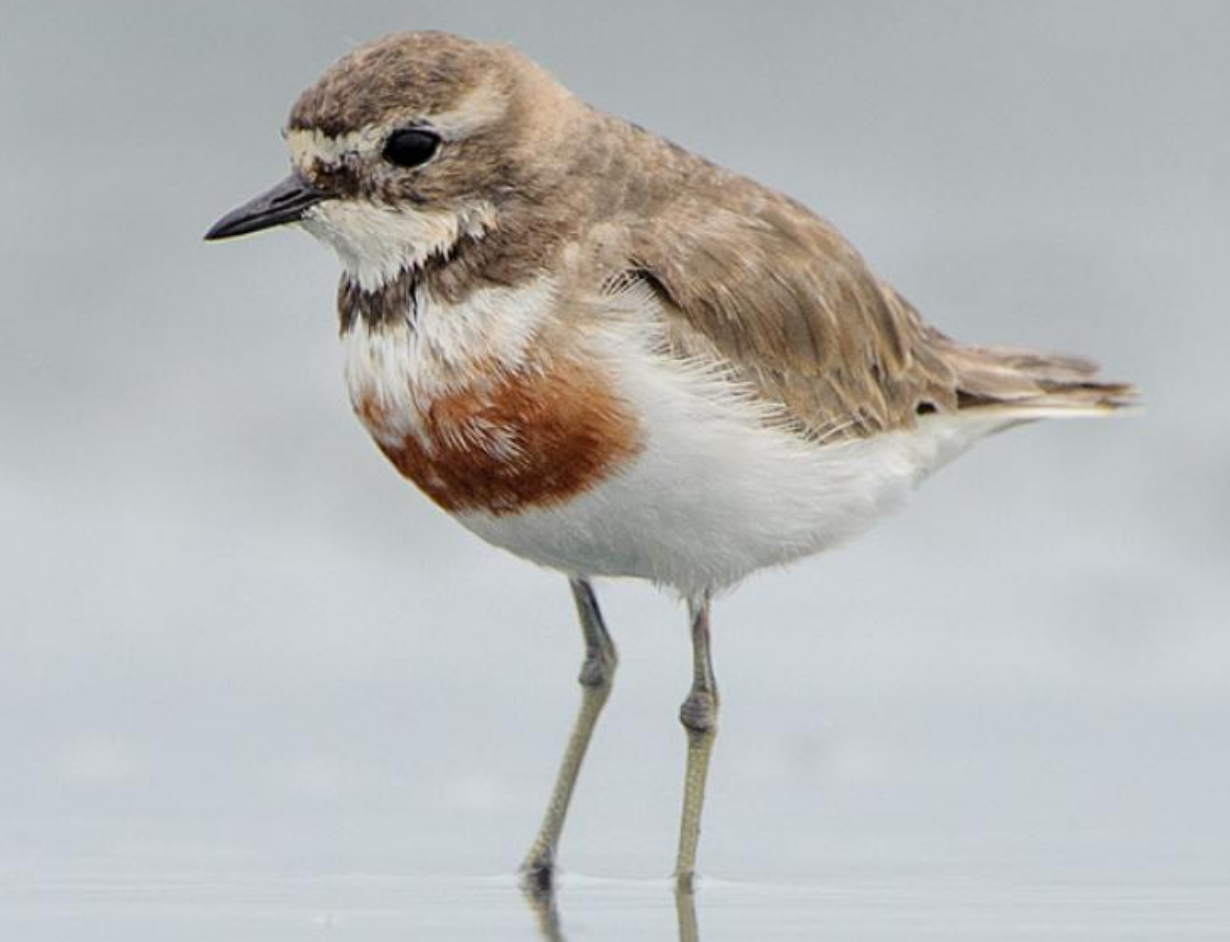
Banded Dotterel
Tuturiwhatu have disappeared from many New Zealand sites, including those where the habitat has changed little.
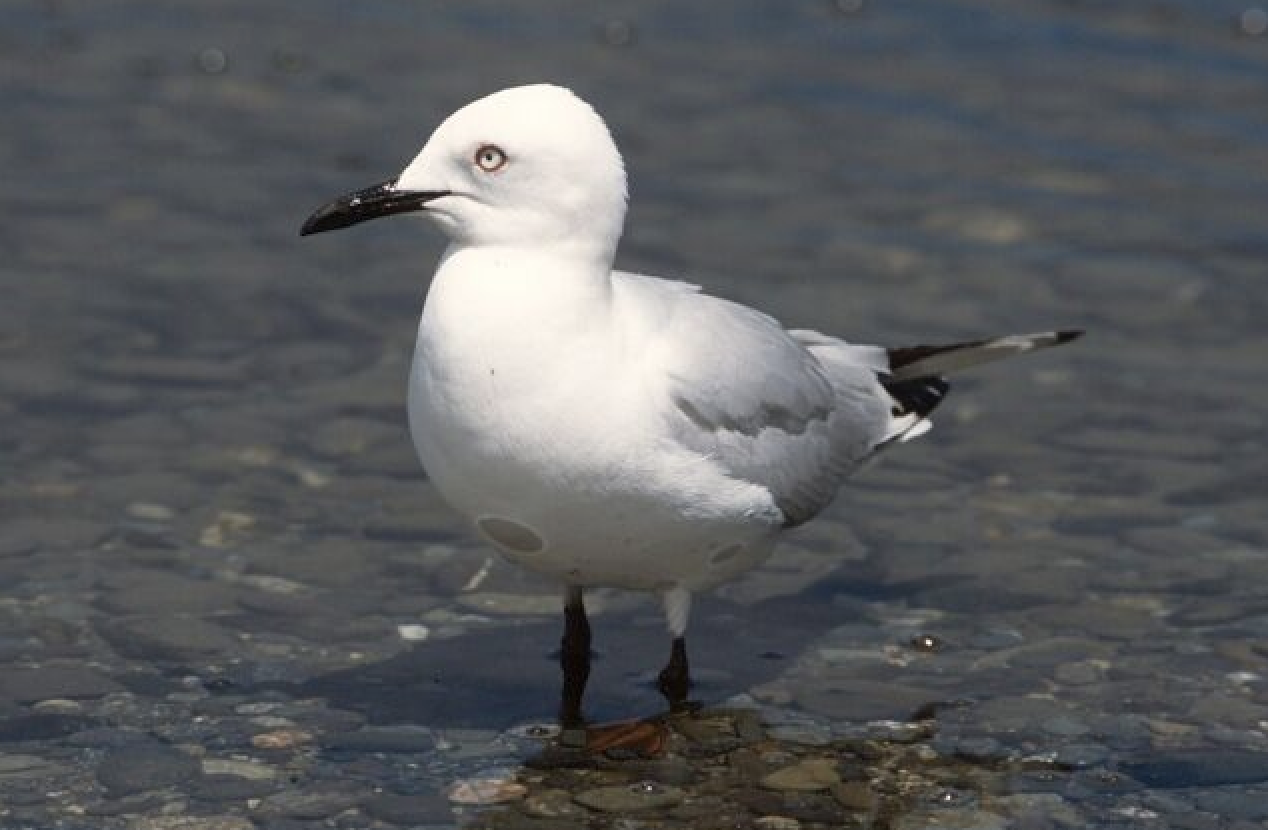
Black-Billed Gull
Tarāpuka, the most threatened gull species in the world, is New Zealand's only endemic gull.
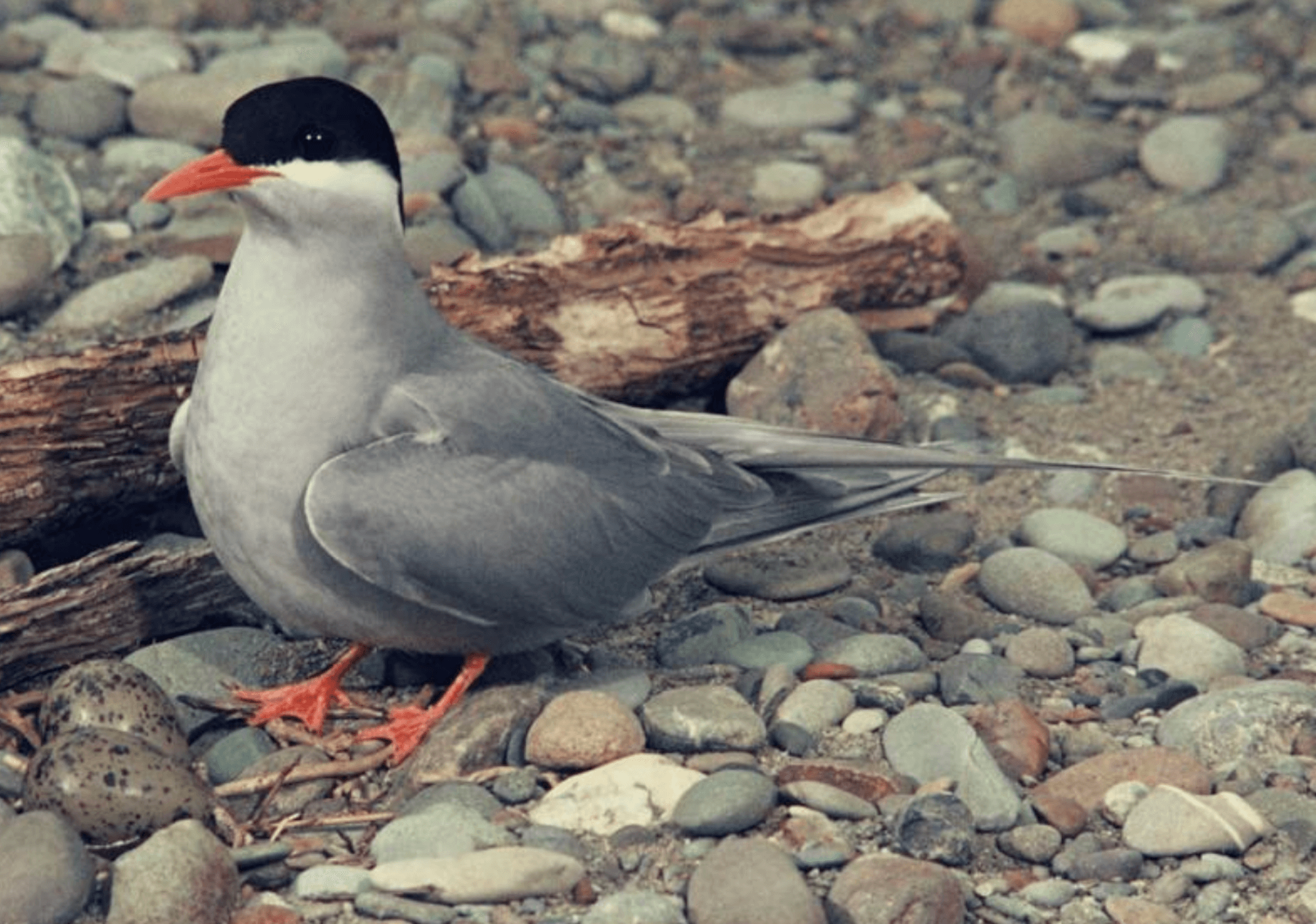
Black-Fronted Tern
Tarapirohe breed only on the braided riverbeds of the eastern and southern South Island.
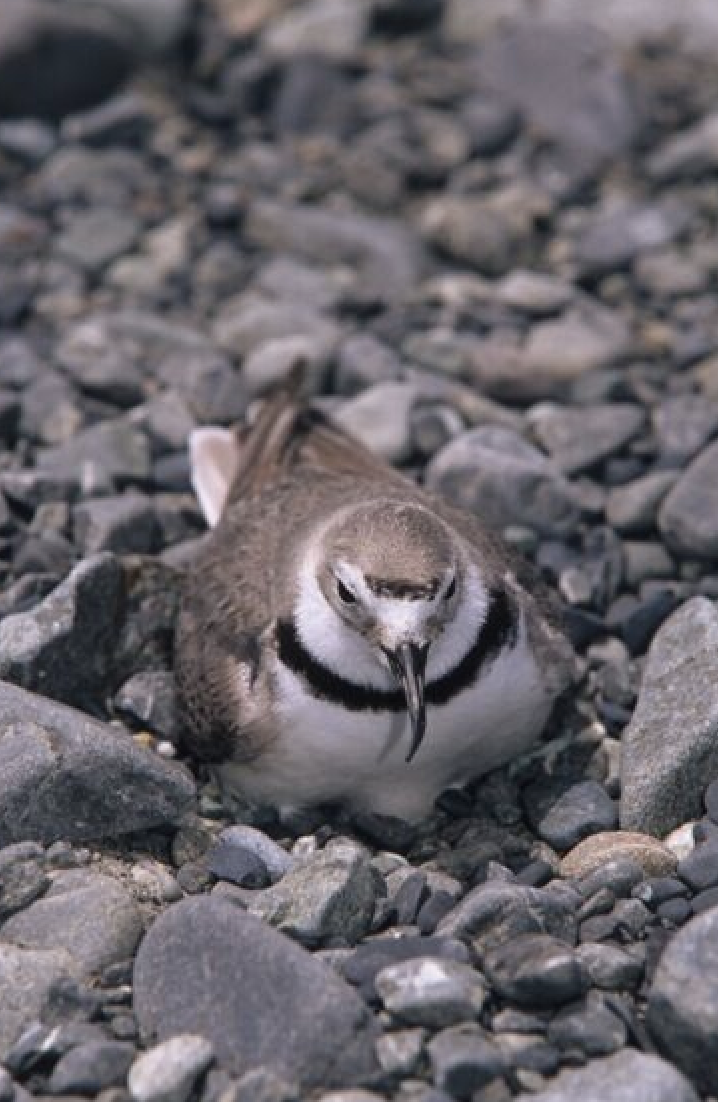
Wrybill
Ngutu pare breed exclusively on braided riverbeds. The population of 5000 - 5500 is thought to be declining slowly.
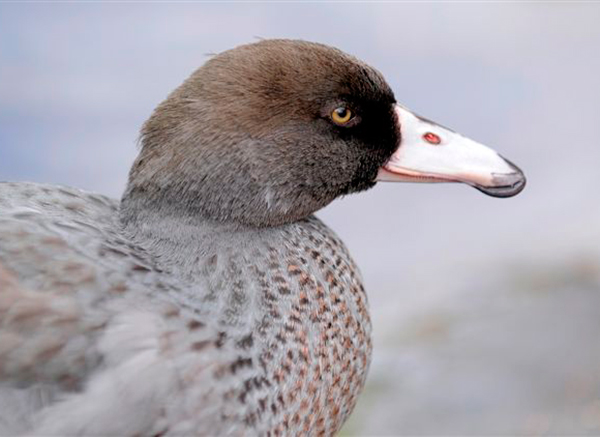
Blue Duck
Whio are listed as nationally vulnerable with populations falling in unprotected areas.

The cost to bait all the river traps
The cost to maintain accurate predator data
The cost to complete an annual bird count on the rivers
The cost to check and reload all the river traps
The cost to check and reload one river trap for a year
The cost to check and reload ten river traps for a year
